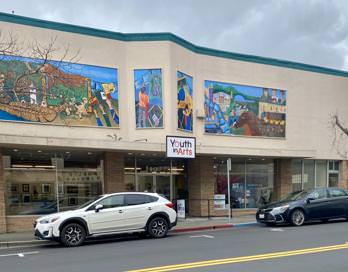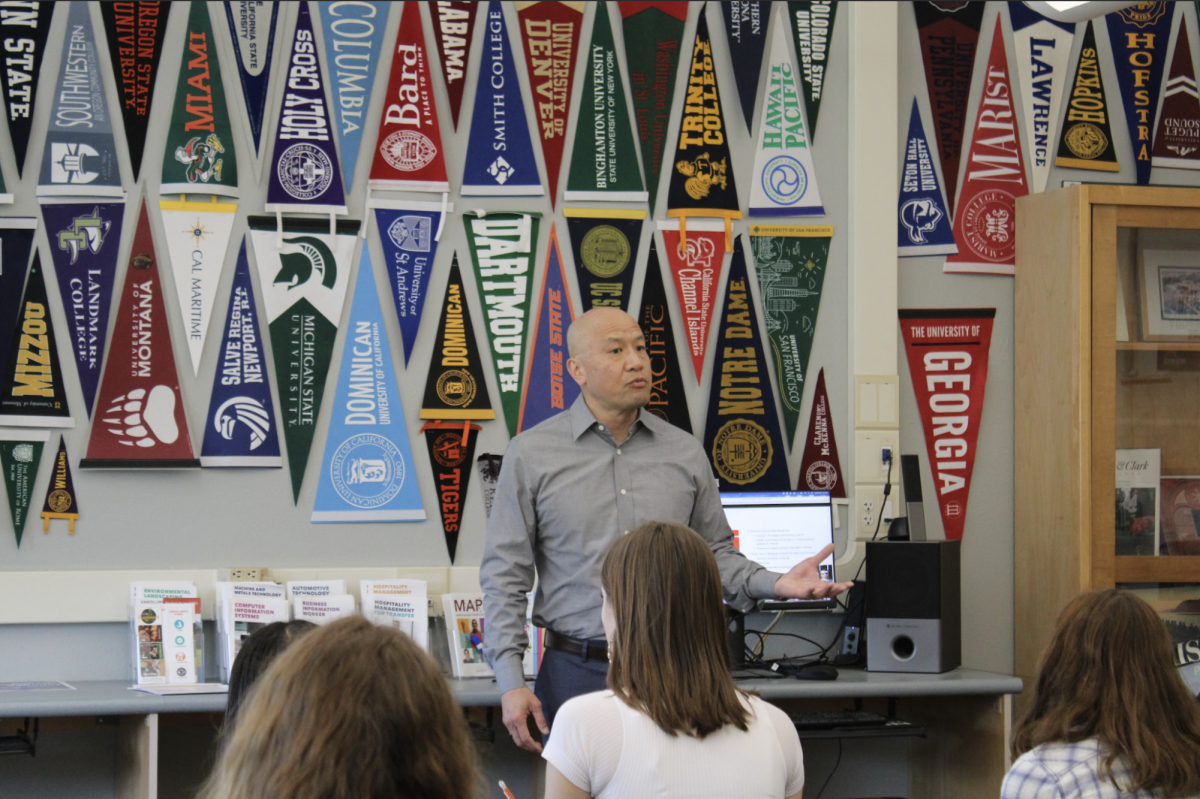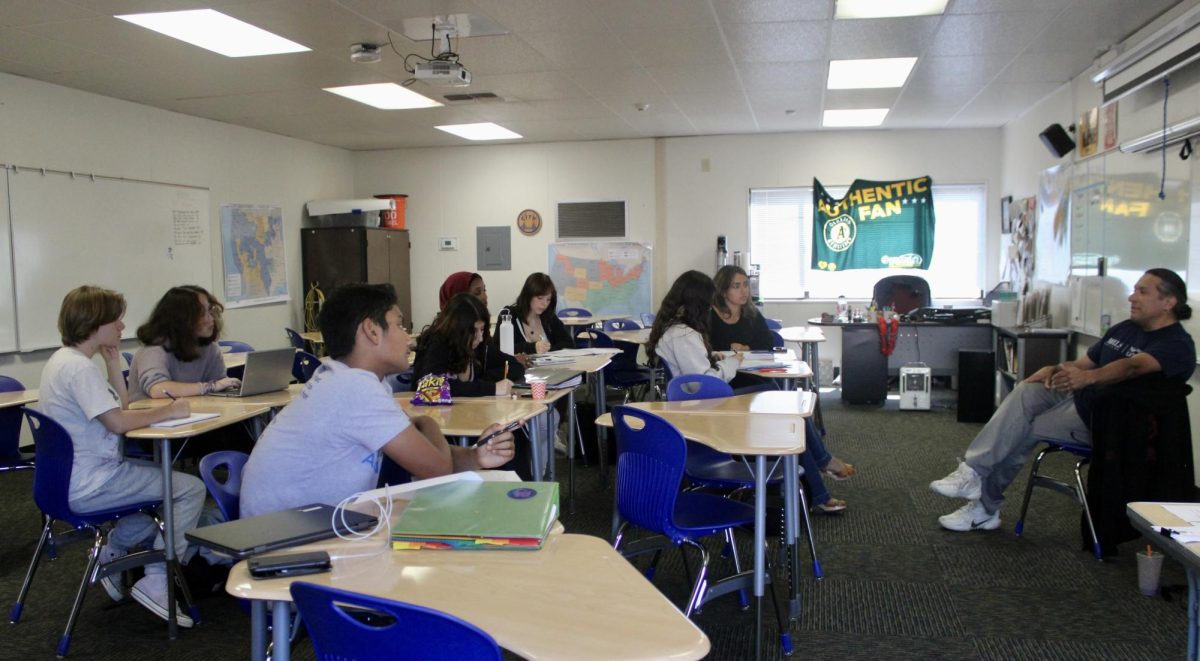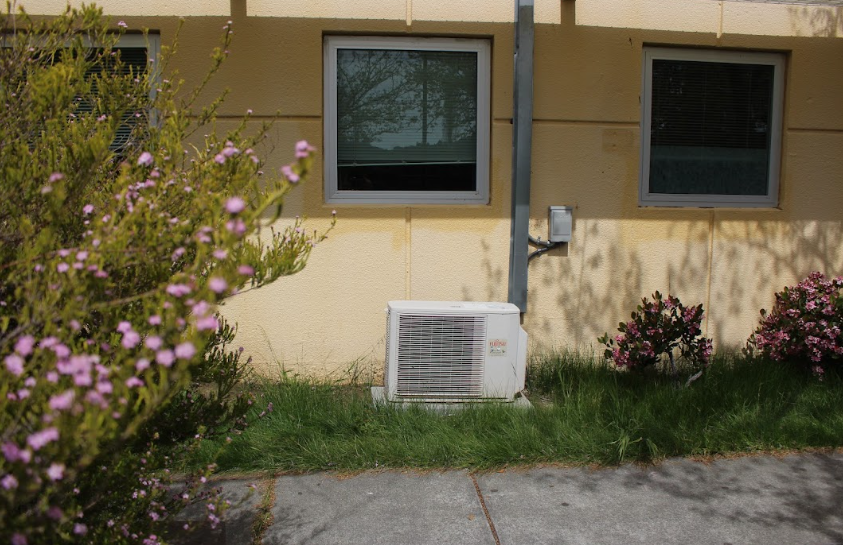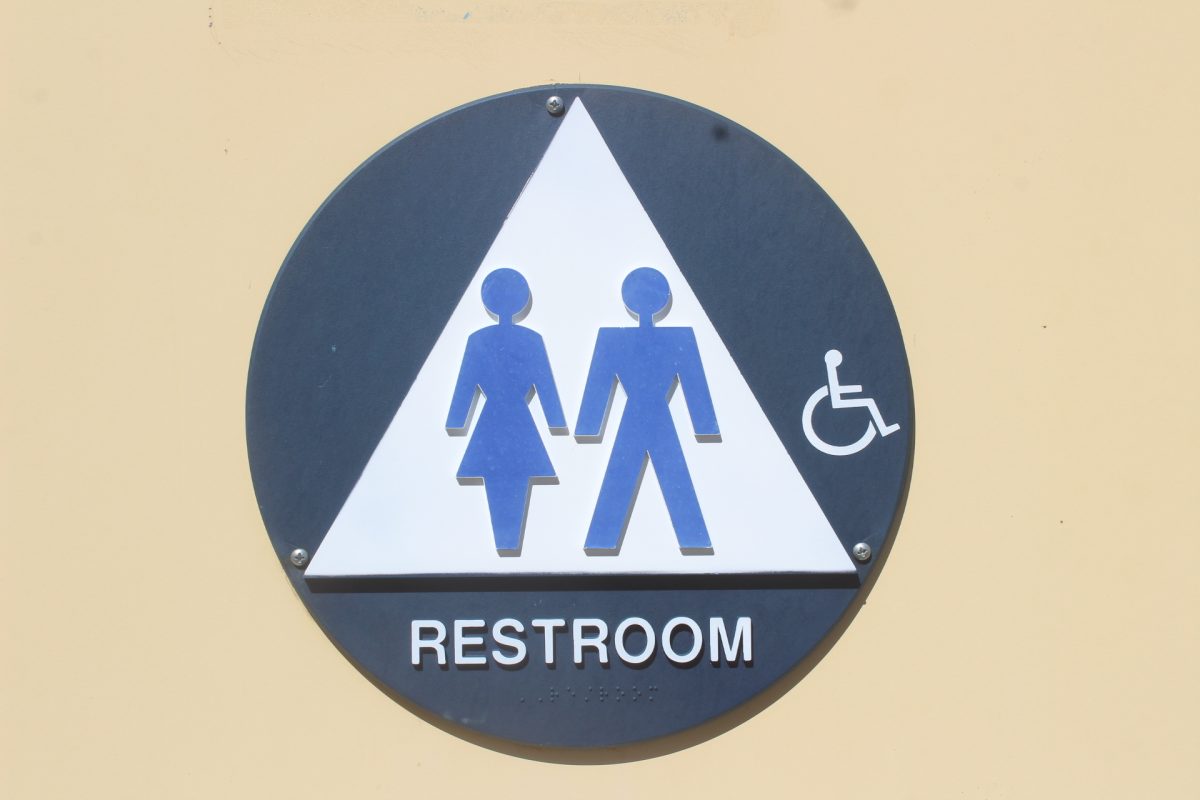On Feb. 13, nearly four years after the end of the Great Recession, President Barack Obama signed a bill to raise the national minimum wage for all federal workers.
According to the Congressional Budget Office (CBO), Obama’s proposed “$10.10 option,” part of the Fair Minimum Wage Act of 2013, would increase the federal minimum wage from $7.25 per hour to $10.10 per hour in three increments from 2014 to 2016. After reaching $10.10 in 2016, the minimum wage would be annually adjusted for inflation as measured by the consumer price index, according to the CBO.
The CBO stated that, once fully implemented in the second half of 2016, the $10.10 option would most likely decrease total employment by about 500,000 workers, with a slight chance of the employment falling by as much as one million workers.
The national minimum wage is currently $7.25 per hour, a rate which AP Economics teacher Paul Ippolito said is not ideal given the current employment statistics. Ippolito said he believes three major factors – globalization of jobs, automatization and technology, and increased low skilled immigration – have created the current economic condition.
“We clearly have an inequality problem and something has to be used to address it,” Ippolito said. “There could be better alternatives than raising the minimum wage to ten dollars. We know for a fact that if we raise the minimum wage, holding everything else constant, less people are going to have jobs.”
This would result in approximately a 0.3 percent decrease in employment by 2016. Pew Research Center data shows that the federal minimum wage has steadily decreased on average since 1968, adjusted for inflation. In 1968, the minimum wage was $8.56 in adjusted 2012 dollars. Since then, the federal minimum has lost 5.8 percent of its purchasing power.
“Everyone acknowledges, at some point, raising the minimum wage will create more problems than it will solve. The question is, at what point?” Ippolito said.

Fifteen percent of Americans currently live below the poverty line, according to the 2012 U.S. Census. The proposed bill is estimated to raise nearly 900,000 American families above the poverty threshold and change real national income by an estimate of five billion dollars.
Even though it seems like this will create financial growth for current minimum wage workers and the economy, Ippolito expressed one main concern with the increase – its ramifications will dramatically differ from state to state.
“Minimum wage is better set by states,” Ippolito said. “The minimum wage raising to ten dollars an hour will have a smaller effect in Marin and will totally change a state like Texas.”
Ippolito suggested other options that the government could implement in lieu of raising the minimum wage by nearly 40 percent.
“Earned income tax credit is a different theory,” he said. The earned income tax credit (EITC) is a refundable tax credit given to low to moderate income workers. By implementing an EITC, the government could have the option to raise the minimum wage by less, and pay the difference to minimum wage workers. The distinction between the “$10.10 option” and the EITC is who would pay the workers’ difference – government or businesses. “What’s nice about [the EITC] is it doesn’t encourage companies to fire workers because the minimum wage isn’t fully raised to 10 dollar,” Ippolito said. “More people would have jobs and the government would be subsidizing them but [the government] is already subsidizing them through transfer payments.”
Obama’s bill is sure to have an effect on small businesses.
Mag’s Local Yogurt, located on Magnolia Drive, is just one example of a small business that will have to face changes in the near future due to the minimum wage increase.
Mag’s owner and Redwood alumnus Elliot Magnuson expressed positive feelings about the bill, but he is aware of the issues he may face as a small business owner.
“The government has lagged since the 1960s in their reform of the minimum wage, and I believe we should make a move to raise the wage to a stimulating level in order to bridge the gap between those who can and cannot live on an hourly wage job,” Magnuson said.
Magnuson stated that the trade off will include some incentives, including tax “sweeteners” for small businesses.
“Small businesses, like Mag’s, would be able to deduct the total cost of investments in equipment or expansions,” Magnuson said. “However, I am always evaluating my business practices. I got into business to make money after all and there is a trickle down effect, which could greatly influence the success of a minimum wage reform. If labor costs become too high, Mag’s will need to increase prices for its customers to compensate.”

